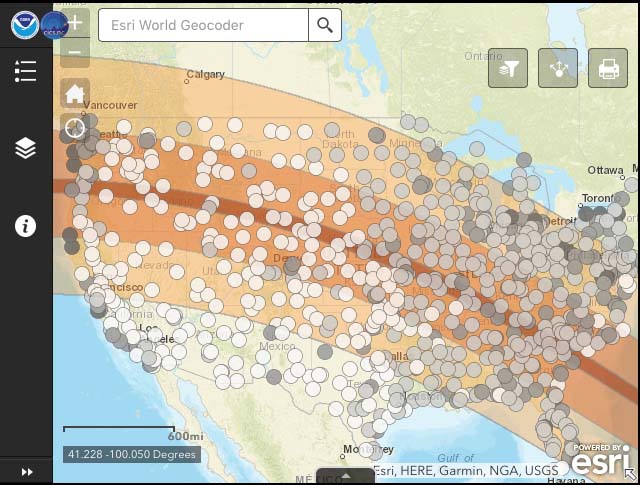- Images
- Blog
- Tools
- Questar
- The Questar telescope
- Questar resource links
- Search for Questar info
- 172mm Focal Reducer
- Afocal adapter for point and shoot camera
- Camera adapter lengths
- Camera adapter threading
- Camera connection
- Camera focusing
- Custom counterweight
- Drift Alignment Joy
- Finder Eyepiece Compatibility
- The Questar Moon 1981
- Questar Powerguide II Battery Life
- Questar Zone, How to Service Videos
- Red Dot finder mount for Questar
- Questar Viewing Table
- Wedge mounts
- White light solar filters comparison
- How to
- Get started in astronomy
- Astro RaspberryPi Camera and kin, the ASIAir and StellarMate
- Blind Smart-phone Equatorial Wedge or GEM Polar Alignment
- Camera phone adapter
- Celestron FirstScope with equatorial tripod mount
- Coat Pocket Astrophotography
- Day-lapse Images of Earthshine on the Crescent Moon
- Dobsonian Carrying Case
- DSO Astrophotography without a Telescope
- DSO imaging without a star tracker
- Estimating image resolution
- Lunar Eclipse Photography
- Moon photography - a dozen ways to shoot the Moon
- Meteor shower photography & planning
- Matching image sensor size to telescope resolution
- Narrow band imaging with color cameras
- Planetary Image Workflow
- Print and Display Astrophotography
- Observing
- Events
- More
- About
- Contact
USA Total Solar Eclipse 2017
Ask directly for the eclipse information that you need, via a focused Google search that searches authoritative eclipse sites:
or browse the information and videos below.
A solar eclipse will be visible across most of the US on August 21, 2017. The impact of a total eclipse is dramatically better than a partial eclipse. Finding your way to somewhere in the approximately 60 mile wide path of totality is essential for the best experience.
The path of totality will extend from Oregon (starts 10:15 AM PDT) to South Carolina (ends 2:49 PM EDT). It will cross the USA in about an hour and a half, with the shadow traveling at a faster than super sonic speed. Under clear skies, it will be a memorable event. Totality lasts only about 2 minutes at any spot along the center line. The ESRI NOAA eclipse viewability map below shows where the total eclipse will be visible and the historical chances of a clear sky during the eclipse based on 10 years of hourly data.
More information on traffic and travel times on eclipse day is available from Predicting eclipse visitation with population statistics by Michael Zeiler. The NASA Eclipse site includes estimated times for each phase of the eclipse from any location in the USA.
From Austin, about 65% of the sun will be obscured at maximum. The eclipse will start at 11:41 AM CDT. Maximum eclipse will be at 1:10 PM. The partial eclipse will end at 2:39 PM. If you can get to the path of totality, now is the time to make your plans.
Read my suggestions for safe viewing of the solar eclipse.
If you can't make it to the path of totality, you can find eclipse events in Texas.
Resources that I'm using to plan observation of this extraordinary event:
- NASA Eclipse 2017
- Eclipse 2017
- Eclipse Events
- Eclipse Photography - Fred Espenak
- Eclipsophile Climate and Weather - Jay Anderson
- EclipseWise - Pedictions for Solar and Lunar Eclipses from Fred Espenak ( map)
- Eye Safety During a Total Solar Eclipse
- Great American Eclipse - Michael Zeiler
- Mr Eclipse - Fred Espenak's comprehensive eclipse resource
- Observing and Photographing the 2017 Total Solar Eclipse - Jerry Lodriguss
- Dr. Kate Russo - Community Eclipse Planning
- Safe Solar Viewing
- Solar Eclipse 2017 Highway Traffic Map
- White light solar filters comparison
- Xavier Jubier's 2017 Total Eclipse Interactive Google Map
- Xavier Jubier's Google Earth Eclipse Maps with Local Circumstances kmz files
- Xavier Jubier's Camera Shutter Speed Calculator for Solar Eclipses
There are also some excellent videos that will help you prepare for the eclipse:
Content created: 2017-02-02 and last modified: 2017-08-16
Comments
![]() Submit comments or questions about this page.
Submit comments or questions about this page.
By submitting a comment, you agree that: it may be included here in whole or part, attributed to you, and its content is subject to the site wide Creative Commons licensing.




 ACEAP
ACEAP
